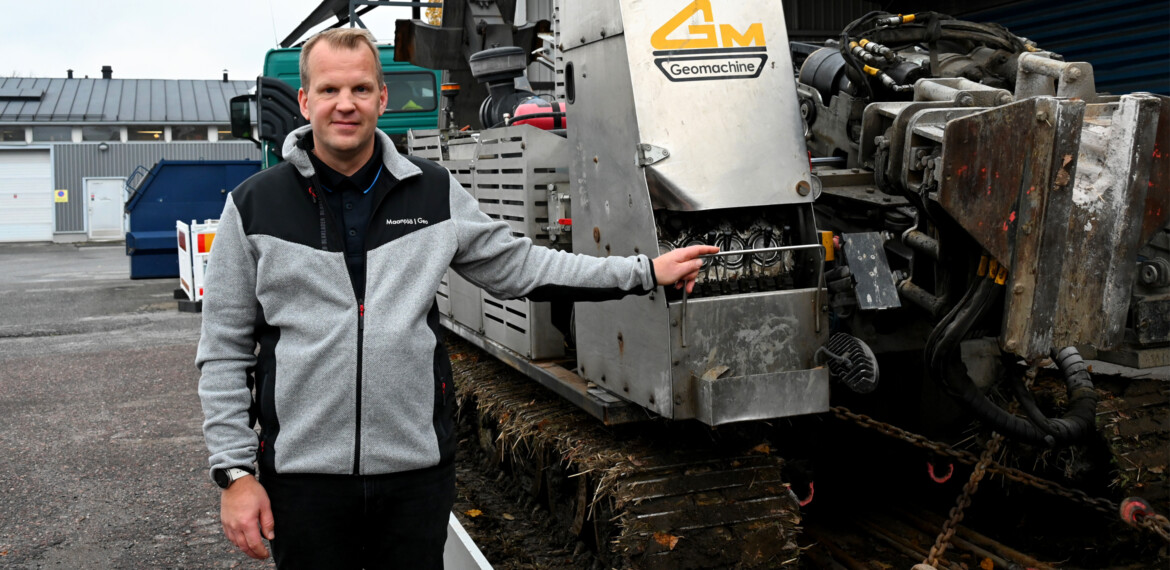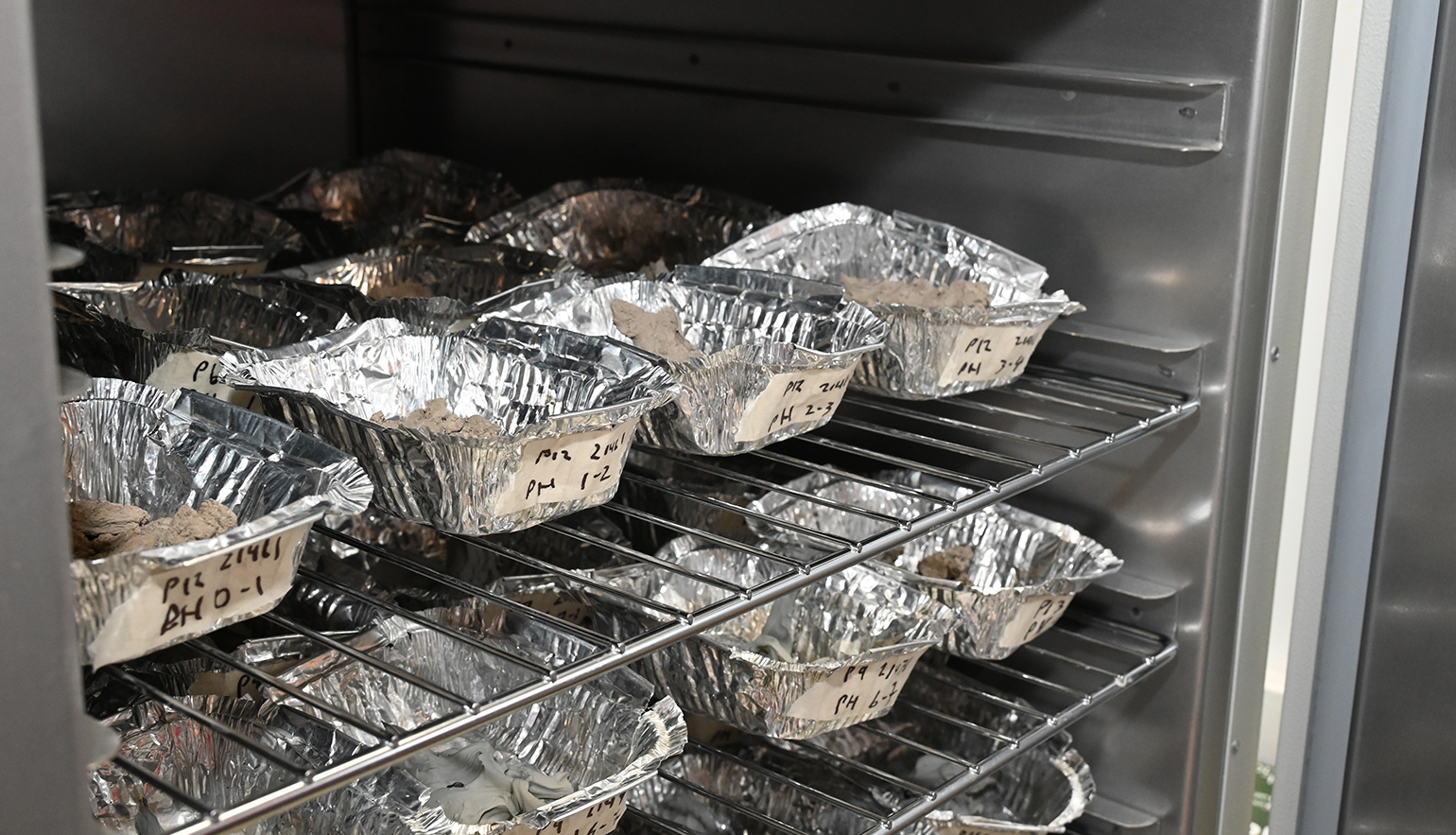Nontoxic ground
Maanpää Geo drilled more than 50 survey holes in the tarmac in the area where the new port terminal will be built. They showed what lies underground.

The area of the Port of Turku looked very different a hundred years ago. In a way the sea covered a larger area, as the shoreline was several metres closer to the Turku Castle.
“That is visible in an aerial photo from the 1930s in which the present port area is partly under the sea. By 1958 the area had been filled with land”, says Kustaa Raitamäki, M.Sc. (Eng.), from Maanpää Geo Oy.
This is the site where Ferry Terminal Turku will be built. Maanpää Geo was assigned to survey what lies under the tarmac on the construction site.
“FTT is an interesting and suitably challenging project. It has great significance to us, because the terminal is the number one construction project in the province. It’s great that a building project is underway, as the construction industry is now mainly employed by infrastructure projects due to the economic conditions”, Mr Raitamäki says.
The Port in itself was familiar for the company, as it participated in the extension of Viking Line’s terminal building in the early 2010s.
A thorough investigation
A crawler-mounted drilling wagon rolls down from a truck bed to the place where a line of cars heading to Tallink ferry was just a moment ago. Maanpää Geo’s drillers got started after the ship had departed. They drilled around 50 ground survey points in an area of just over one hectare, slightly greater number than usually in ground surveys.
The drill went through the filling mass layer that was 1–3 metres thick and then encountered various layers of clay. In the depth of around 45 metres the clay ended. The drilling stopped in rocky till layer.
“The ground was investigated thoroughly. We took various samples on different days using different drills and equipment. The surveys were conducted from 2022–2023.”
The survey points were holes with a diameter of 10–15 centimetres which were covered with tarmac by Maanpää Geo. When the evening ship arrived in the Port, the drillers had left the site. The passengers travelling by car hardly noticed that they had driven over a survey area.
No toxins were found
After the samples had been analysed, Mr Raitamäki stated that the drilling brought good news. There was no harmful sulphate in the ground.

In other respects the results did not surprise the company that has been surveying the ground in Southwest Finland for more than 40 years. For constructors based in Turku, 45 metres of clay and reinforced concrete piling is a familiar practice.
“The FTT designing team was extremely professional and made good decisions in terms of design. Although the terminal building is large, the layout is simple and clear. It is easy and cost-efficient to implement.”
In case the sea would conquer land in the area due to climate change, filling masses are being taken to the site. The ground level will be 1–1.5 metres above the current sea level. The floor level of FTT will be built 2.65 metres above the sea level.
Text and photos: Sari Järvinen
Maanpää Geo
- Carries out ground surveys and provides services related to earth construction and foundation engineering.
- SM Maanpää Oy was founded in 1981 by Sauli Maanpää, M.Sc. (Eng.), and Maritta Maanpää, M.Sc. (Eng.), and they sold its geo-business to Maanpää Geo Oy in February 2022.
- The operations of Maanpää Geo are run by former SM Maanpää employees Kustaa Raitamäki, M.Sc. (Eng.), and Juho Laulajainen, M.Sc. (Eng.).
- The company has grown moderately.
